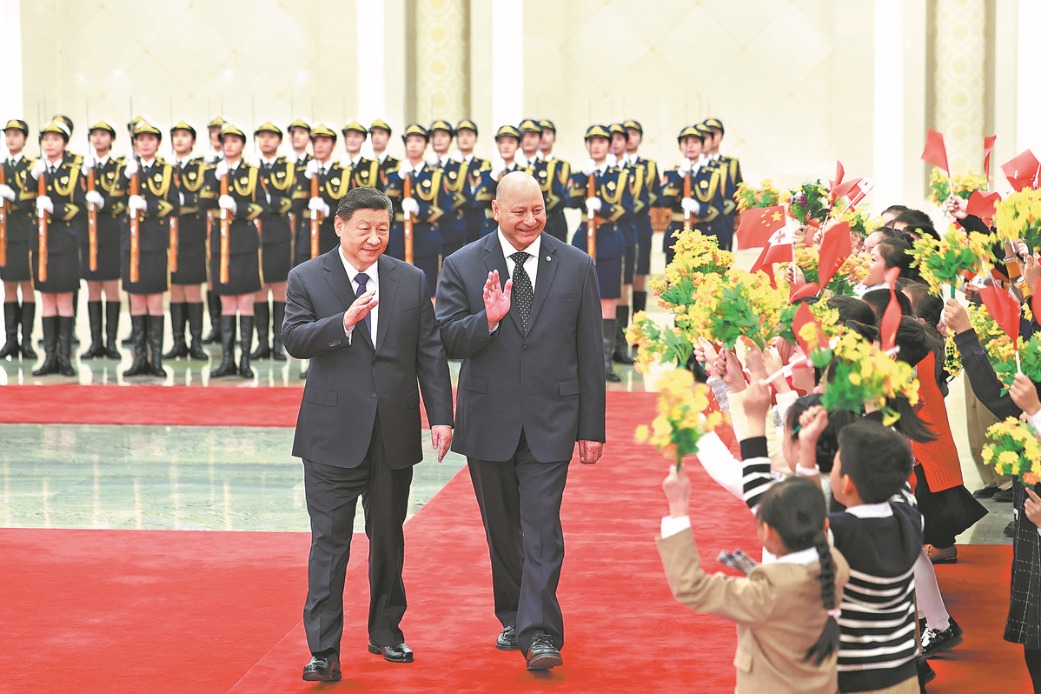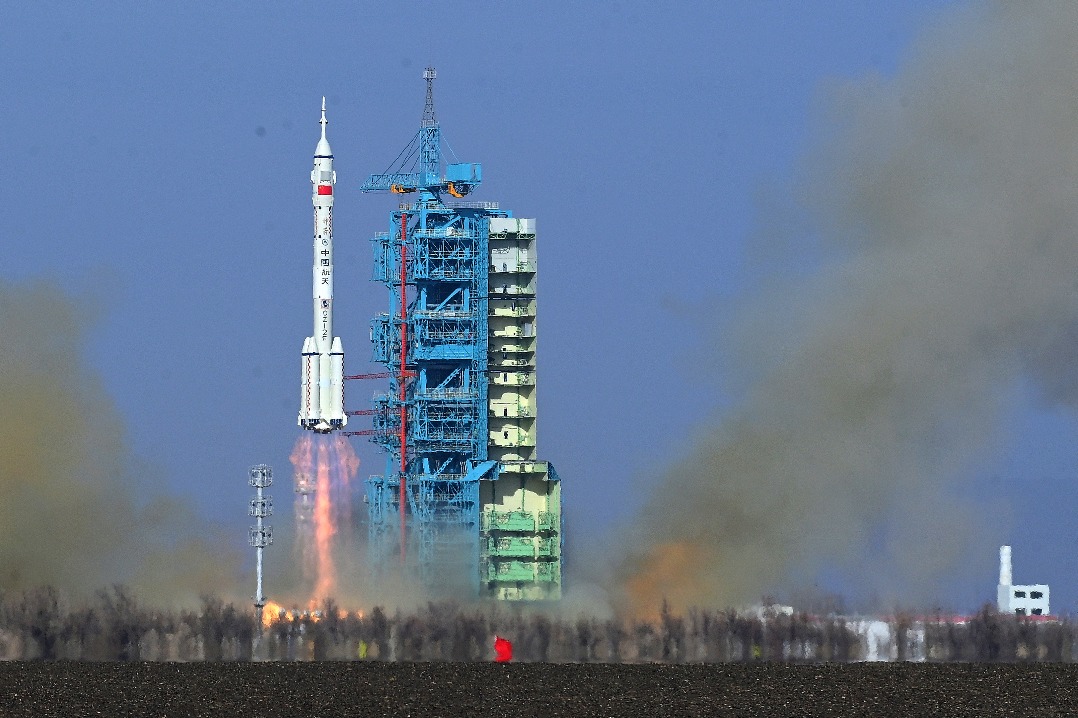Museums showcase shared Chinese identity
Taipei's treasures originating from mainland proof of cross-Strait unity





Editor's note: The Taiwan question is a key focus for China and the international community. China Daily is publishing a series of reports to track hot Taiwan-related topics and address disinformation from the Democratic Progressive Party administration.

The vast majority of artifacts held by the Taipei Palace Museum originated on the Chinese mainland, serving as irrefutable evidence of cross-Strait unity, experts said recently as they criticized attempts by Taiwan's Democratic Progressive Party authorities to use the collection to promote secession.
A recent exhibition in Beijing, commemorating the extraordinary evacuation of the Palace Museum's century-old collection during the Chinese People's War of Resistance Against Japanese Aggression (1931-45) more than 80 years ago, highlighted the integral nature of Chinese culture and the inseparable link between collections across the Taiwan Strait.
Running through Dec 31, the exhibition features more than 100 archival documents and precious cultural relics, offering a three-dimensional look at the artifacts' arduous journey south and underscoring the overall unity of Chinese culture.
However, Hsiao Tsung-huang, director of the Taipei Palace Museum, recently argued that the artifacts arrived in Taiwan under "Republic of China rule" and are therefore "Republic of China property". He said that after 75 years on the island, the collection has "formed many connections with the land" and become "part of the nourishment of Taiwan's culture".
On Nov 12, Chen Binhua, spokesman for the State Council Taiwan Affairs Office, denounced the remarks as a "blatant distortion of historical facts and basic common sense" and as being "absurd".
Chen said the root of Taiwan culture is Chinese culture, and its regional characteristics are the enrichment and development of Chinese culture within a specific geographical and historical context, not a "different culture" independent of it.
He reiterated that the Taipei Palace Museum's collection is an important part of the Chinese nation's historical and cultural heritage, providing solid evidence that both sides of the Strait belong to one China and offering a vivid example of the transmission of Chinese culture in Taiwan.
This year, the DPP authorities have pushed "treasure diplomacy". In September, about 130 treasures from the Taipei Palace Museum, including the Jadeite Cabbage, were exhibited in the Czech Republic. In November, the museum opened an exhibition in France featuring paintings, calligraphy and artifacts themed on the "Dragon".
Chen called the DPP's approach "highly ironic and hypocritical", saying they are attempting to reshape the Chinese cultural identity of the Palace Museum's treasures for separatist purposes.
"Historical facts cannot be altered, cultural roots cannot be severed, and any attempt to use the treasures of Chinese culture to promote secession is doomed to fail," he said.




















